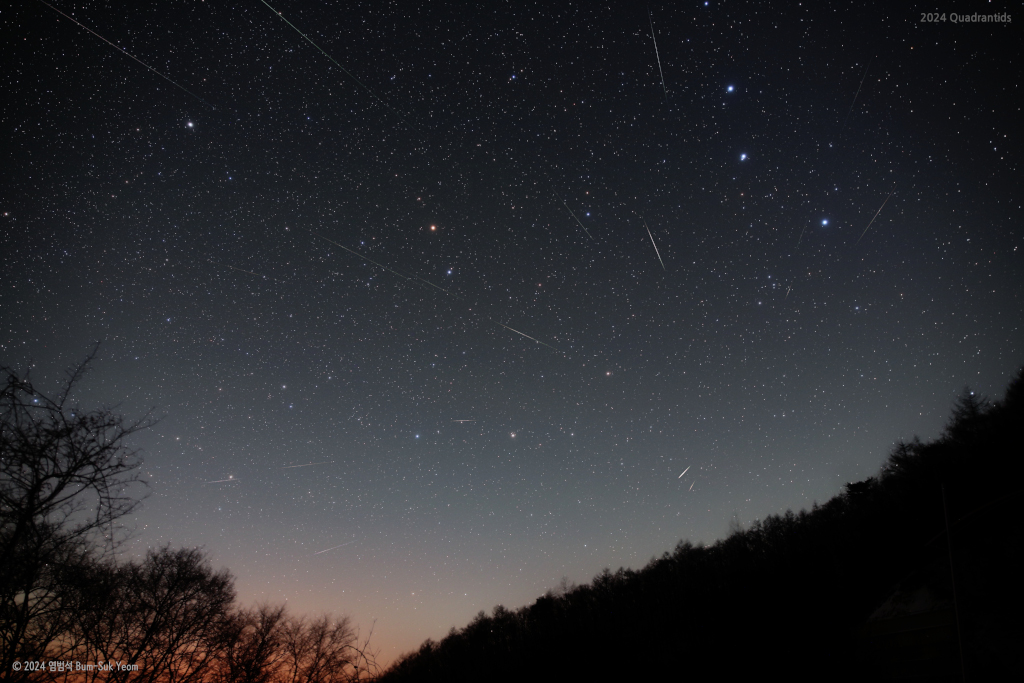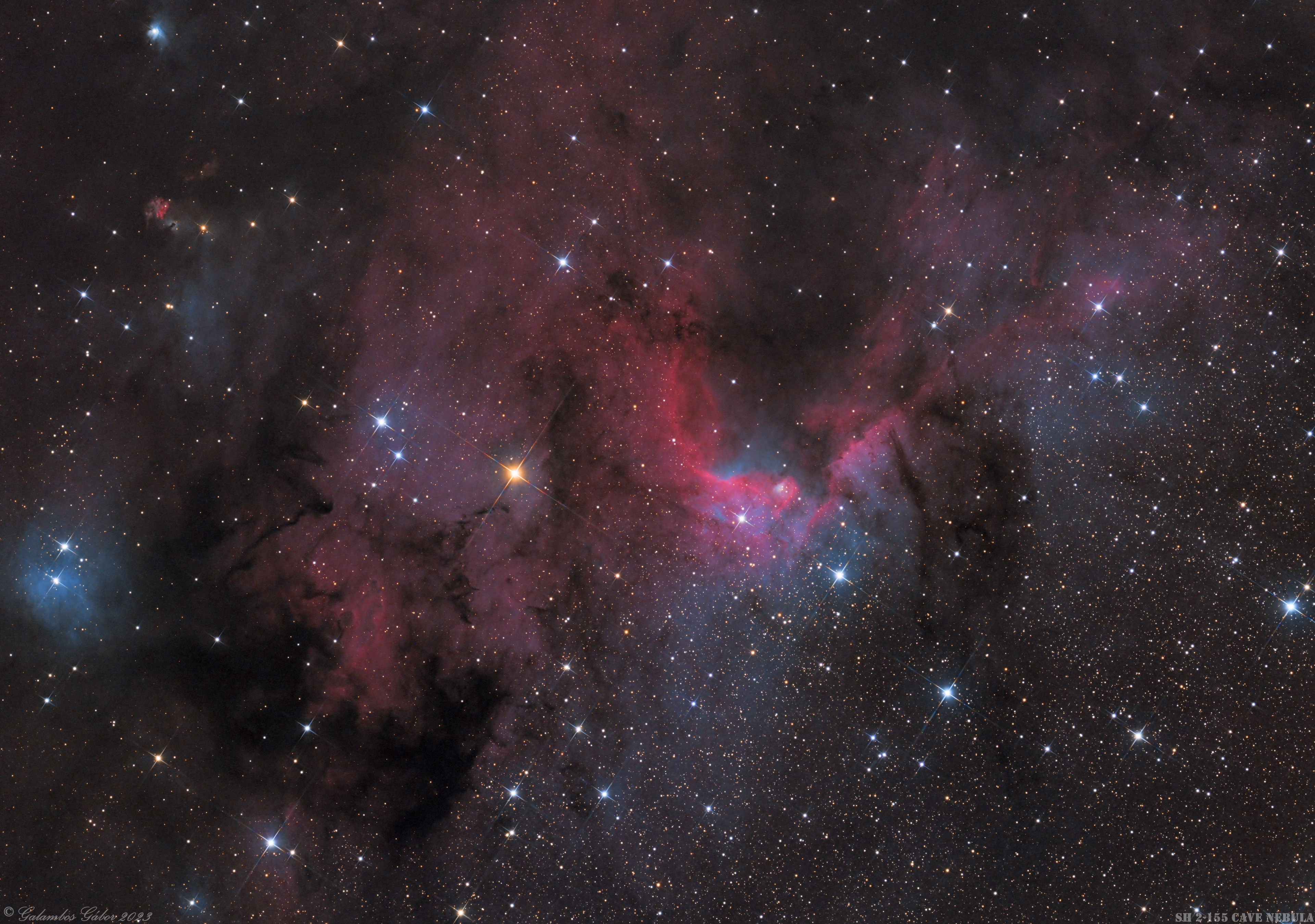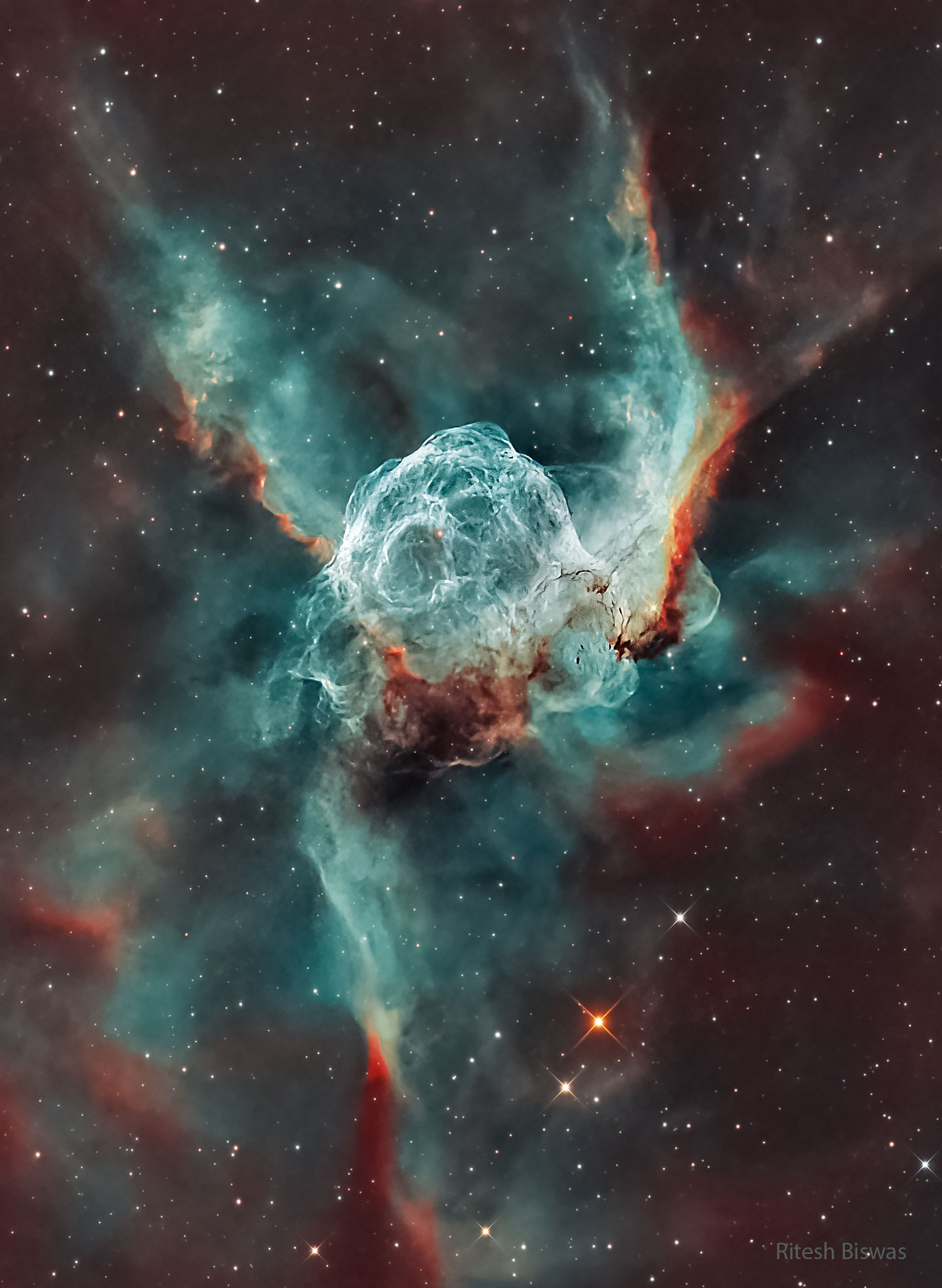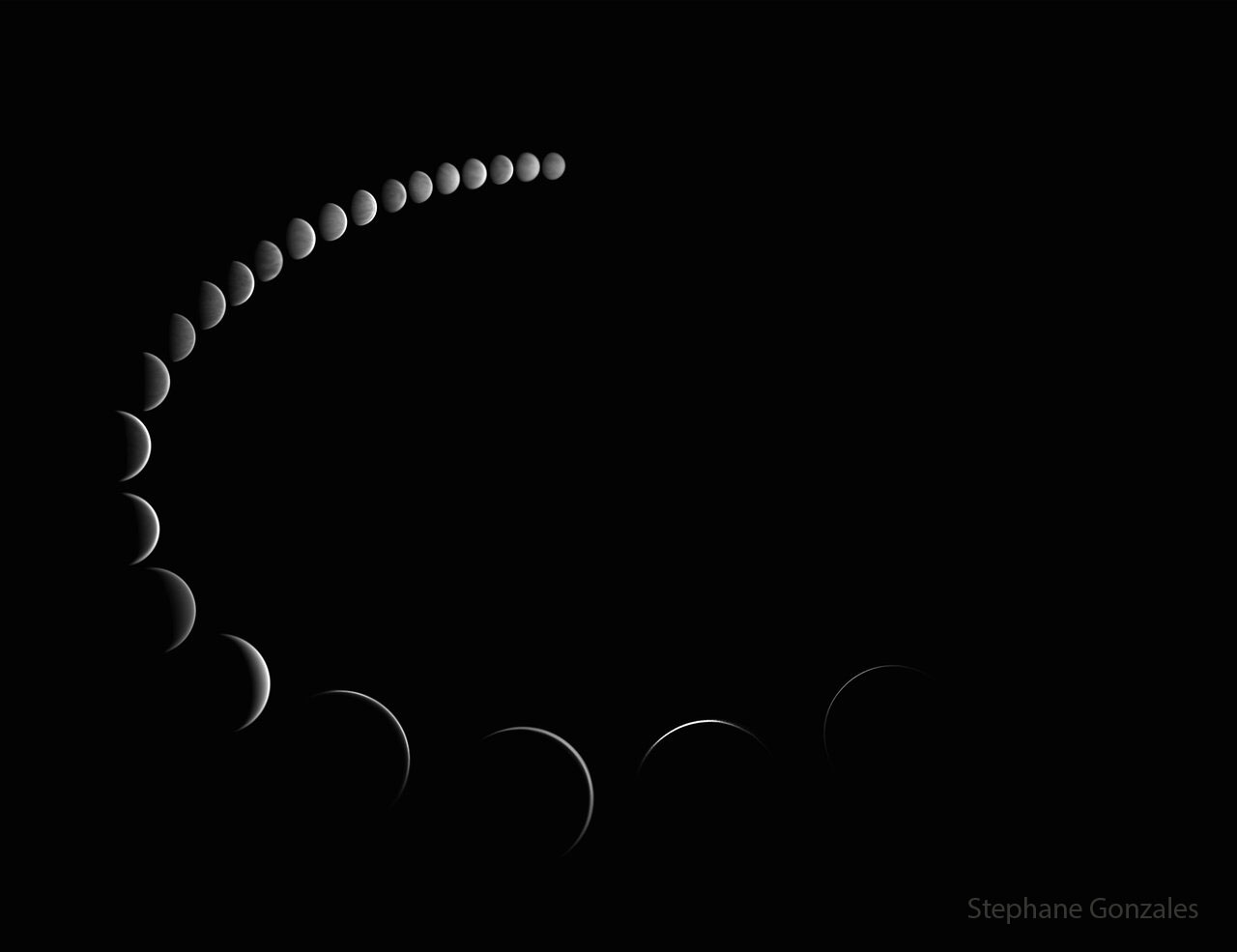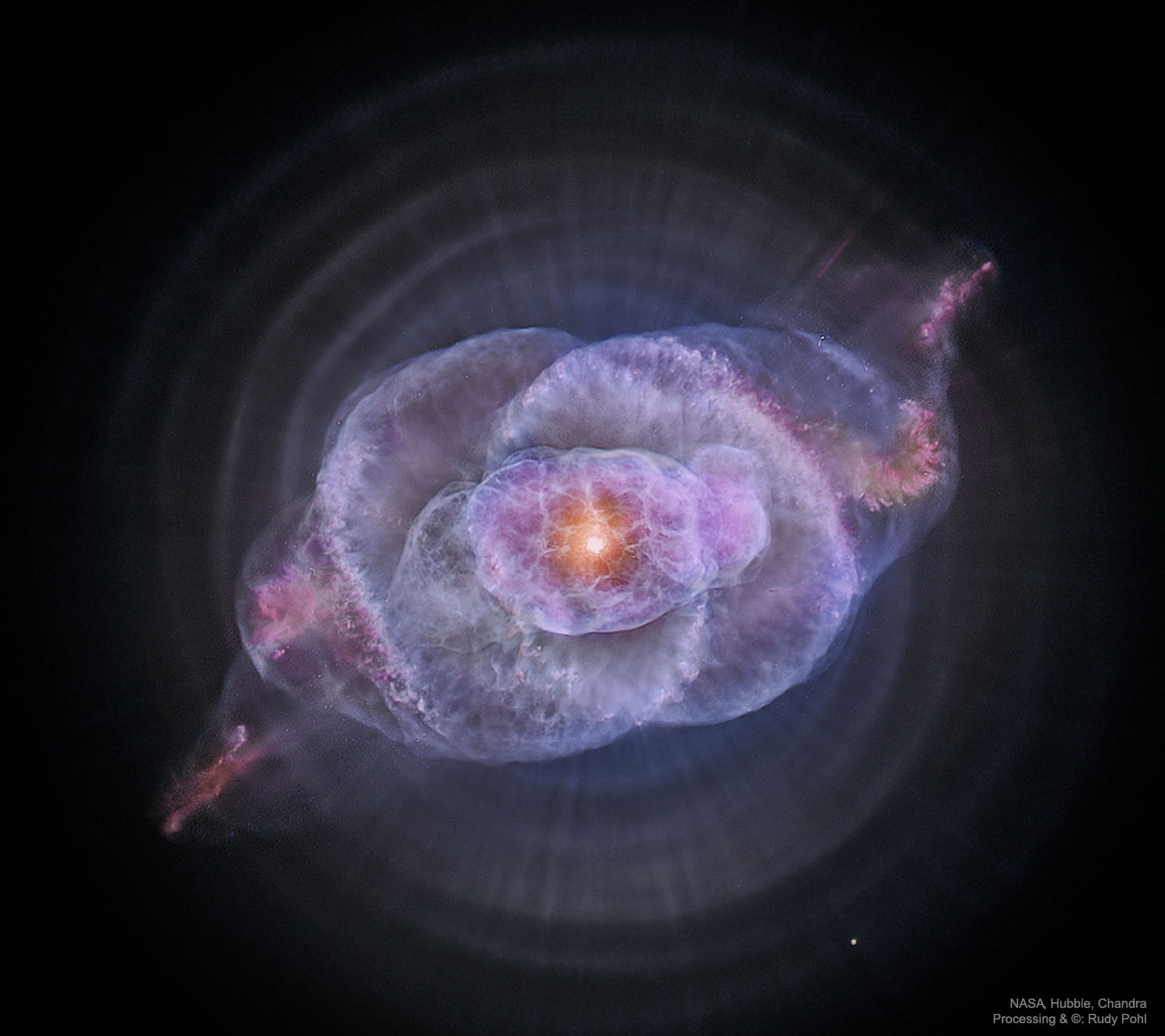301
302
303
304
305
21
A Jupiter-sized planet has been hiding a big secret: A 350,000-mile-long tail
(newsroom.ucla.edu)
306
50
NASA Selects a Wild Plan to "Swarm" Proxima Centauri With Thousands of Tiny Probes
(www.sciencealert.com)
307
308
309
310
311
312
313
314
315
316
28
After all of This Time Searching for Aliens, is it The Zoo Hypothesis or Nothing?
(www.universetoday.com)
317
318
319
320
321
322
323
52
NASA Successfully Tests Revolutionary Rocket That Could Get Us to Mars Faster
(www.sciencealert.com)
324
325
